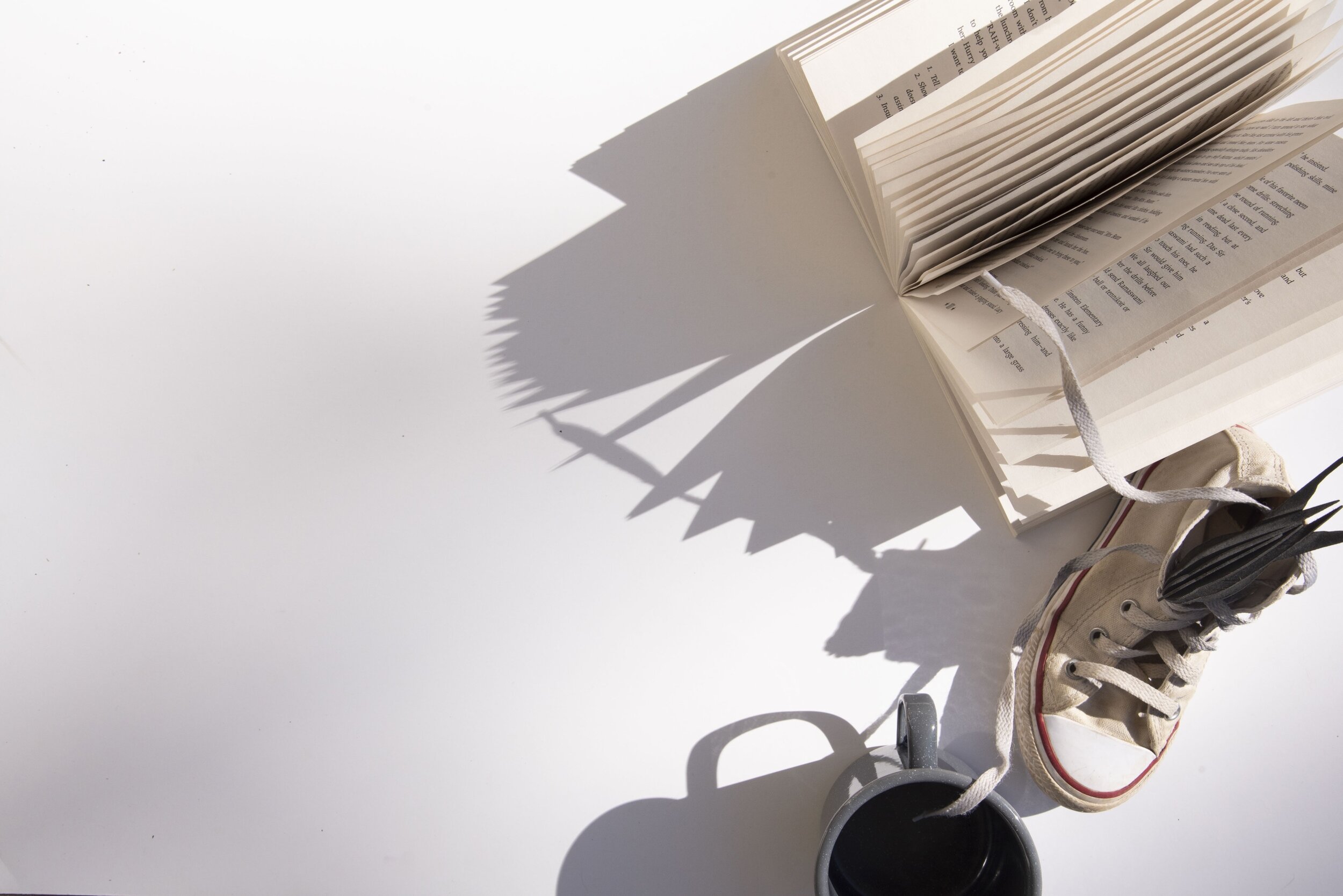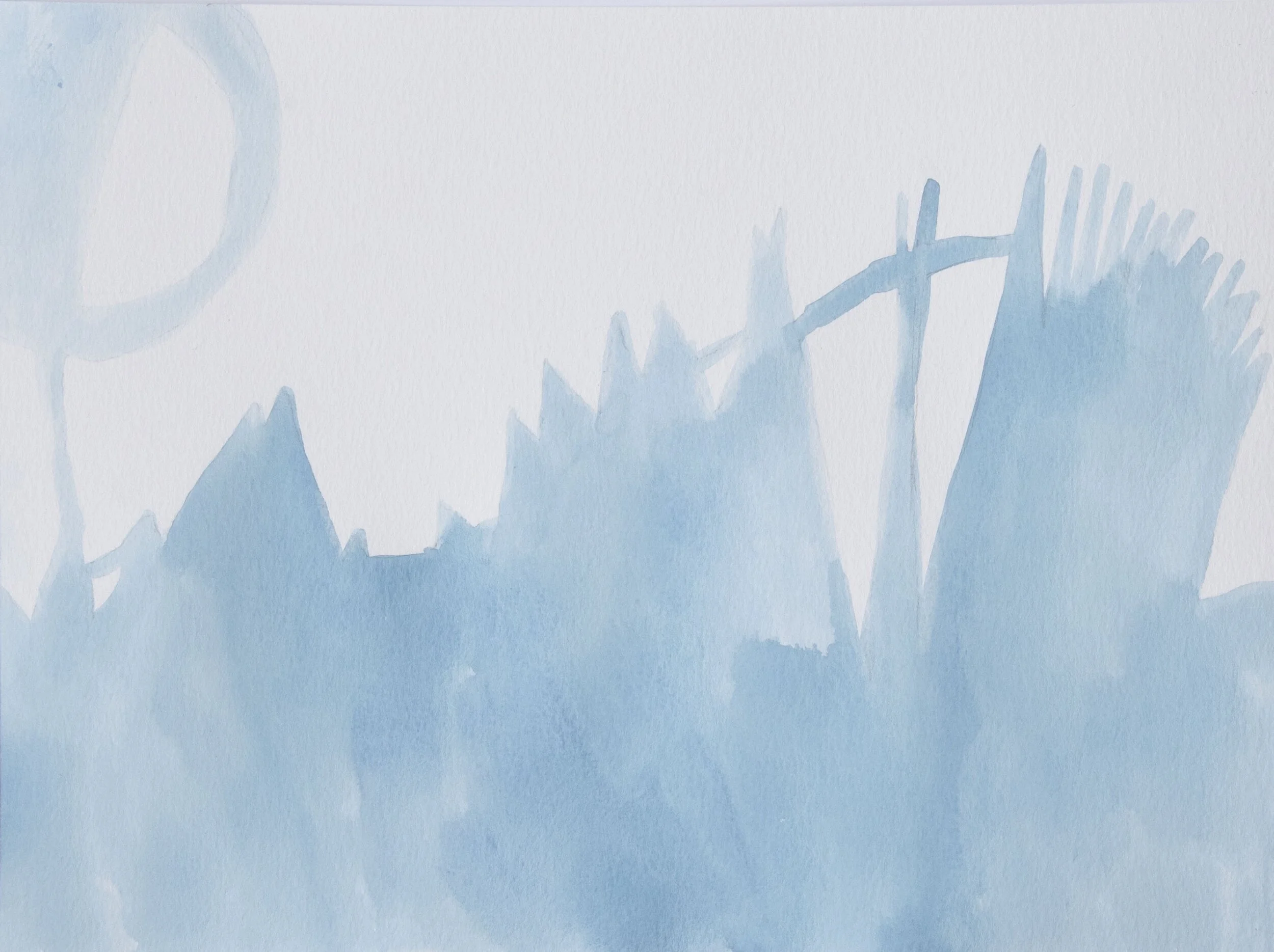Abstraction Workshop
Exhibition: Never Ending Poetry
Artist: Group Exhibition - Various Artists
Overview
The collective artists in Never Ending Poetry explore various methods of abstraction within their work. Abstraction is the process of removing or transforming certain details of an object into a new visual form, and allowing for new interpretations and hidden meaning to be created. The outcome of this is a coded visual language and it can generate exciting creative freedom within our visual world.
In the artist statements provided, each artist describes their specific process of abstraction. Svea Ferguson manipulates materials — cutting, folding and draping to create new abstracted bodies. Eva Birhanu takes personal objects and uses a bleaching process on textiles to transform the original objects representation, leaving only a trace of the object original form.
During this exploratory focused workshop, participants will be given freedom to investigate the concept of abstraction through a series of directed methods. They will work with everyday objects and a variety of materials to explore how texture, form, line, shape and colour can be used to transform objects in to exciting new visual forms.
Objectives
Understand the concept of visual abstraction through multiple hands-on explorations.
Build creative confidence and awareness through an exploratory art experience.
Materials
Set up 5 different workshop stations as follows:
Shadow Form
watercolour paper
tempera or watercolour paint
paint brushes
water
variety of everyday objects
Texture
Paper 8.5 x 11
pencils
Hidden Message
paper 8.5 x 11
black pen
coloured markers or pencil crayons
Tracing Lines
paper 8.5 x 11
coloured markers or pencil crayons
Manipulated Paper
paper 8.5 x 11 photocopied with cut-out template as seen in example
coloured markers or pencil crayons
scissors
Workshop Station Instructions:
Shadow Forms
Step 1
Set up this station near a sunny window as your light source. Arrange a selection of objects in front of the light source and place your paper down on to the surface where the shadows are cast. Play with the arrangement of the objects to create a shadow that transforms the objects from their original form.
Step 2
Using a pencil, outline the form created on the paper and add colour using paint.
Step 3
Discuss how the shadow became an abstracted form of the object — detail was removed and a new visual form was created.
Texture
Step 1
Using a piece of paper and pencil explore around your space and try to find objects that have texture.
Step 2
Place the object with texture underneath your piece of paper and make a rubbing of it by using the side of your pencil.
Step 3
After everyone is done collecting their texture rubbings, gather as a group and look at all of the textures gathered. Can you determine the original object that left the trace of texture? Discuss how the textures became an abstracted form of the original object — a detail of each object remains (its texture), but the rest of the form has been removed.
Hidden Message
Step 1
Using a black pen, choose one word to write across your sheet of paper using one continuous flowing line, without lifting up your pen. Be sure to create your word using loose lines and forms and have your word take up the span of your page.
Step 2
After your word is complete, continue moving freely and spontaneously across the entire sheet. Let the shapes you make overlap and criss cross. Your word should start to become hidden in the series of layered lines.
Step 3
Take your coloured markers and begin filling in shapes randomly with colour, leaving spaces in between uncoloured. Adding colour to shapes created by the free form scribbles will add yet another layer of information and will hide your word even deeper.
Step 4
Discuss how layering can be used to abstract an object — in this case each letter becomes more hidden as more layers of information are added over top. The written word will be known to the maker, but become abstracted for the viewer.
Tracing Lines
Step 1
Look around for everyday objects that you can trace. Place the objects on your paper and trace around them. It could be a variety of objects like a banana, hair dryer, coin, book etc.
Step 2
Play around with how the tracings are placed on the paper to create a whole new meaning or composition. You can use different coloured markers, you can overlap tracings or try arranging them in an organized pattern.
Step 3
Discuss how linear translations can be used to abstract an object —like many of the other processes being explored, translating only the outline of an object removes details of the original object and creates a new form for the viewer to interpret.
Manipulated Paper
Step 1
Colour and decorate both sides of your paper. It is only necessary to colour over the area outlined with the cutout template. Take notice that your paper is flat and that your drawing/colouring currently exists on a 2 dimensional surface.
Step 2
Using your scissors, cut along the solid lines. Pull on the ends of your paper to begin manipulating it. You can twist it, you can loop it, you can drape it. You have transformed your paper into a 3 dimensional object that you can now interact with in space.
Step Three
Discuss how this is similar to the way in which Svea Ferguson approaches her materials by cutting, folding and draping to create new forms. Similarily, if we look at Tiffany Shaw-Collinge works in the exhibition, we can discuss how she takes a 2-dimensional pattern design, and translates it in to 3-dimensional forms.
Variations
At the end of the explorations, participants can examine all of the new representations created. Can connections still be made to the original object, how far have they been abstracted from their origins?
Participants can choose one exploration that excited them the most, and further develop a finished piece of artwork using that abstraction method.














